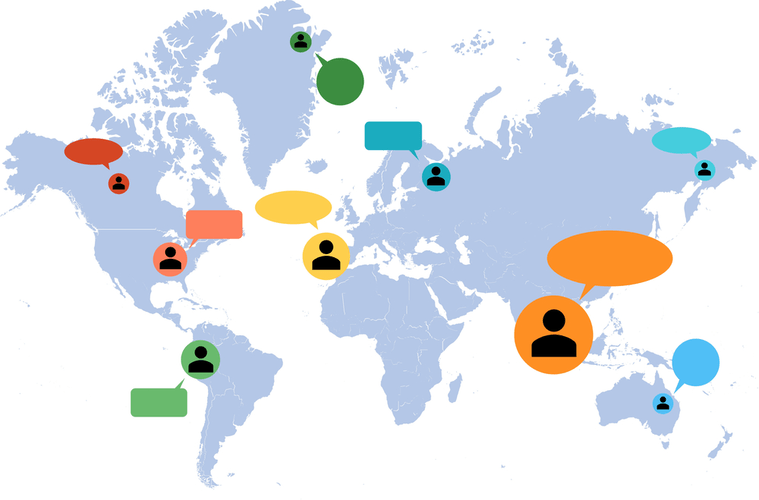
In an automated build process, all the software, database, and other components are packaged together. Teams implementing continuous integration often start with the version control configuration and practice definitions. Although checking in code is done frequently, agile teams develop features and fixes on shorter and longer timeframes. Development teams practicing continuous integration use different techniques to control what features and code are ready for production. This CI tool allows continuous delivery and provides an intuitive interface for building CD pipelines. Tekton is a Google-developed, open source CI/CD framework for Kubernetes-native projects.

Hence, customers get more opportunities to experience and provide feedback on changes. Besides understanding what ci/cd is, it is essential to understand the difference in these concepts and how these work together. The “CI” in CI/CD always refers to developers’ continuous integration and automation. Successful CI means new code changes to an app are regularly built, tested, and merged to a shared repository.
Thanks to CI, developers work independently and can create their coding branch to implement small changes. Some teams practicing continuous deployment elect to deploy daily or even hourly to production, though continuous deployment isn’t optimal for every business application. Continuous delivery picks up where continuous integration ends, and automates application delivery to selected environments, including production, development, and testing environments. Continuous delivery is an automated way to push code changes to these environments.

Each of these practices improves process automation and increases the robustness of cloud computing environments. Together, these practices provide a strong foundation to support continuous deployment. CI/CD Tools are the software applications that help users efficiently integrate the code and develop the software build.
Users can also create unlimited pipelines, hooks, stages, and triggers to build their custom continuous integration process. Bitbucket is one of the best CI/CD tools to ensure your code has no merge conflicts, broken tests, or accidental code deletions. The CI service runs automated builds on each push and pull request to help you catch errors before they become a problem. Continuous integration combines frequent integration, constant readiness, short build feedback cycles, persistent testing, and a fl exible approach to system requirements. Adopting these practices, and the supporting tools, requires rethinking your entire development process.
It provides comprehensive dashboards that offer visibility from code to cloud while integrating with your favorite tools. A centralized dashboard gives insight into deployments at scale while providing the security and support enterprises need. Continuous Integration was designed to solve this problem and support agile development processes.
It is built to deploy on-premise or as a serverless cloud service for on-demand scaling. The platform supports pull request-based workflows and automatically backs up the last build in case a new build fails to aid disaster recovery and avoid disruptions. In either approach, the goal is to reduce the amount of manual work for the operations and quality assurance teams before rolling out new software. CodeShip’s list of pre-built integrations is quite short in comparison with similar tools . SonarCube is the one I used first, which can be run on a self-hosted server for code quality analysis and provides a score of risk for the existing repository.
Proprietary solutions usually have good support, with hands-on teams to help address software issues. Proprietary software vendors sometimes allow customers software continuous integration to adapt their tools for their specific requirements. However, powerful proprietary tools can be expensive, and some companies can’t afford them.
Inefficient resource utilization—applications are often deployed on servers in an inefficient way. As applications are added, scaled up and down, it can be difficult to efficiently use available hardware resources. This is true whether the application is running in the cloud or on-premises.

These pipelines are optimized for CI/CD pipelines, making it possible to check out code, build and test artifacts using a GitOps work model. CircleCI offers a graphical user interface and YAML-based configuration. In most cases, you will automate functional testing before UI testing. Unlike https://globalcloudteam.com/ UI tests, which change more frequently, functional tests do not require frequent updates to automation scripts. Consider all possible dependencies, assess their impact, and prioritize automation as appropriate. Microservices Best practices for building loosely coupled services.
This pipeline is about building, testing, merging, adding the latest version to a central repository, and releasing it. CI/CD Pipeline follows the DevOps approach to accomplish the mentioned goal. Continuous delivery is the automation that pushes applications to one or more delivery environments. Development teams typically have several environments to stage application changes for testing and review. A devops engineer uses a CI/CD tool such as Jenkins, CircleCI, AWS CodeBuild, Azure DevOps, Atlassian Bamboo, Argo CD, Buddy, Drone, or Travis CI to automate the steps and provide reporting.